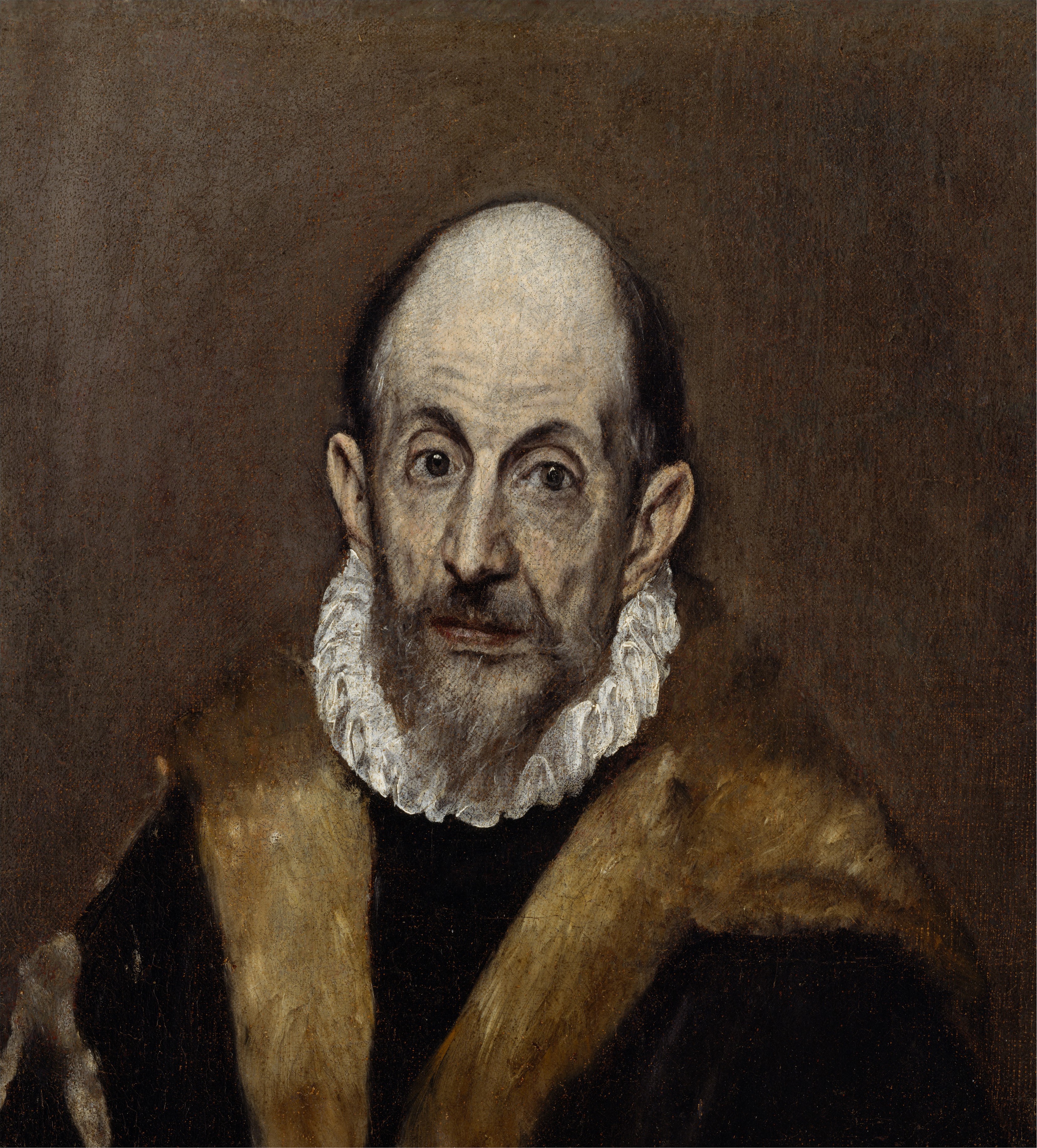El Greco frasi celebri
Maurice Barrès
Maurice Barrès
El Greco: Frasi in inglese
“I am neither bound to say why I came to this city nor to answer the other questions put to me.”
Quote from a report of the municipal of Toledo, c. September 1579; as cited by Albert F. Calvert, and Catherine Gasquoine-Hartley in: The Spanish Series - El Greco; an account of his life and works; publisher, London: J. Lane; New York: J. Lane Co, 1909, p. 76
this answer El Greco gave to the Mayor of Toledo, when asked - in connection with the writ served on him for the commissioned painting 'The Disrobing of Christ / The Expolio' - whether he had been brought to Toledo to paint the retablo of Santo Domingo (containing 15 paintings of El Greco https://en.wikipedia.org/wiki/El_Greco#/media/File:Domenikos_Theotok%C3%B3poulos,_called_El_Greco_-_The_Assumption_of_the_Virgin_-_Google_Art_Project.jpg)
quoted by Liane Lefaivre and Alexander Tzonis, in The Emergence of Modern Architecture: A Documentary History from 1000 to 1810 https://books.google.com/books?id=4xB9k7-Neb8C&pg=PT184; Routledge, New York, 2004) p. 165
“I hold the imitation of colour to be the greatest difficulty of art.”
Quote from notes of El Greco, in one of his commentaries; as cited by Fernando Marías and Agustín Bustamante García in Las Ideas Artísticas de el Greco (Cátedra, 1981), p. 80; taken from Wikipedia/El Greco: in 'Technique and Style'
Originale: una es la imitación de los <span class="plainlinks"> colores https://es.wikiquote.org/wiki/Colores</span> que yo tengo por la mayor <span class="plainlinks"> dificultad https://es.wikiquote.org/wiki/Dificultad</span>
“.. he [= Michelangelo] was a good man, but he did not know how to paint.”
Marina Lambraki-Plaka, El Greco - The Greek, p. 47–49; as cited on Wikipedia/El Greco
Quote of El Greco's response, when he was later asked what he thought about the Italian artist Michelangelo
full of ingenious difficulties [= translation of Greek art historian Nicos Hadjinicolau] /
full of deceptive difficulties [= translation of Spanish art historians Xavier de Salas and Fernando María]
Quote of El Greco, as cited in 'Hand-written Note Shows El Greco Defending Byzantine Style In Face Of Western Art', Dec. 2008 https://www.sciencedaily.com/releases/2008/12/081218132252.htm
the different translation by Nicos Hadjinicolau leads him to the conclusion that El Greco was defending Byzantine art; which is rejected by Fernando María
Quote of El Greco, 1582-84; as cited by Marina Lambraki-Plaka, in El Greco, p. 57-59; as quoted in Wikipedia/El Greco: 'Technique and Style'
on making his painting 'The Virgin of the Immaculate Conception' https://upload.wikimedia.org/wikipedia/commons/4/49/El_Greco_-_The_Virgin_of_the_Immaculate_Conception_-_WGA10585.jpg El Greco asked permission to lengthen the altarpiece itself by another 1.5 feet (0.46 m) - the human body became even more otherworldly in his later works
Quote of an inscription, composed by El Greco, c. 1608, on the plan of Toledo, in his painting 'View and Plan of Toledo'; as quoted on Outline Biography of El Greco - (documented facts of his life) https://www.wga.hu/tours/spain/greco1.html
Quote from the marginalia, which El Greco inscribed in his copy of Daniele Barbaro's translation of Vitruvius' De architectura; as quoted by Liane Lefaivre and Alexander Tzonis, The Emergence of Modern Architecture: A Documentary History from 1000 to 1810 https://books.google.com/books?id=4xB9k7-Neb8C&pg=PT184; Routledge, New York, 2004) p. 165
Quote of El Greco, 31 March 1614; as cited in Outline Biography of El Greco - documented facts of his life https://www.wga.hu/tours/spain/greco1.html
